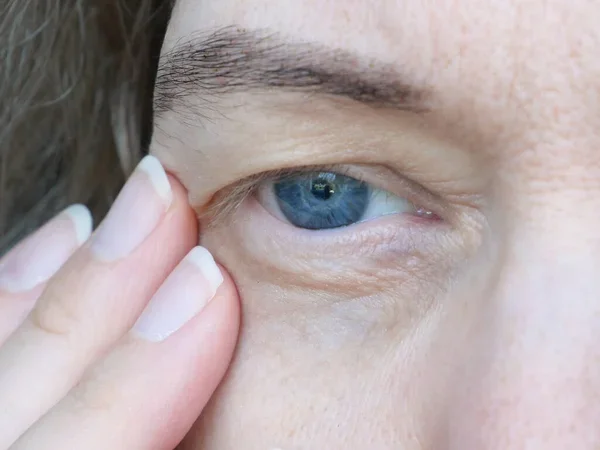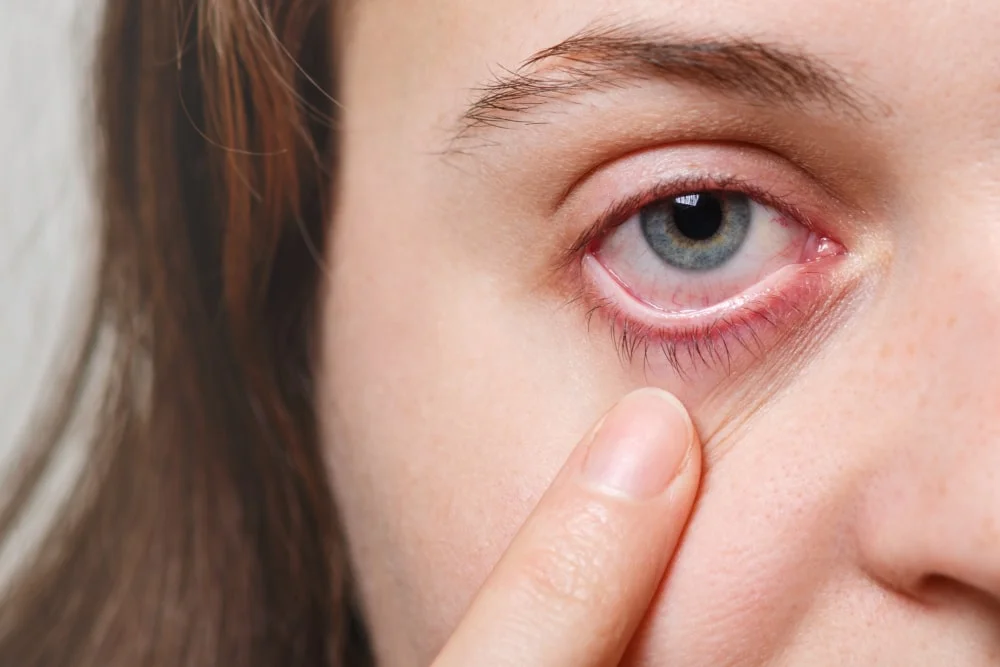
Eyelid Drooping Is More Than Just a Cosmetic Concern
- Eyelid Drooping Is More Than Just a Cosmetic Concern
- What Is Eyelid Drooping (Ptosis)?
- What Causes Eyelid Drooping?
- How Is It Diagnosed?
- What Are the Treatment Options?
- Why Should Eyelid Drooping Be Taken Seriously?
- In Conclusion...
As an ophthalmologist, one of the most common complaints I encounter from my patients is eyelid drooping. Medically known as ptosis, it can have significant consequences both aesthetically and functionally. Many patients perceive this condition merely as a cosmetic issue; however, it can stem from underlying neurological, musculoskeletal, or congenital causes. In this article, based on my clinical experience, I would like to comprehensively explain the causes, diagnostic process, treatment options, and key considerations I take into account when managing patients with eyelid drooping.
What Is Eyelid Drooping (Ptosis)?
Ptosis is the condition where the upper eyelid is positioned lower than normal. It can occur in one or both eyes. The eyelid not only protects the eye but also plays a critical role in maintaining a clear visual field. Drooping of the eyelid can impair daily life by narrowing the upper field of vision.
While mild ptosis is often viewed as an aesthetic problem, in more severe cases, the patient may be unable to fully open the eye, may need to tilt the head backward to see better, or might constantly raise their eyebrows to compensate for the reduced visual field. Over time, these compensatory behaviors can lead to tension and fatigue in the head, neck, and forehead muscles.
What Causes Eyelid Drooping?
Eyelid drooping can affect individuals of all age groups and arise from various causes. In general, the causes can be categorized as follows:
- Congenital Ptosis: This condition is present at birth and is usually due to underdevelopment or complete absence of the levator muscle, which lifts the eyelid. It is not merely a cosmetic issue; if left untreated, it can lead to amblyopia (lazy eye) in children, necessitating early intervention.
- Acquired Ptosis: This form develops later in life and includes several subtypes:
- Aponeurotic Ptosis: One of the most common causes I encounter. It typically results from age-related weakening or detachment of the levator muscle's aponeurosis (tendon-like structure).
- Neurogenic Ptosis: Occurs due to damage to the nerves (especially the 3rd cranial nerve) that stimulate the eyelid muscle. It may result from diabetes, tumors, trauma, or vascular diseases. Horner’s syndrome also falls into this category.
- Myogenic Ptosis: Caused by intrinsic problems within the muscle itself. Disorders like myasthenia gravis, which impair the response of muscles to nerve signals, often present with ptosis.
- Traumatic Ptosis: Results from injury to the eye area, causing damage to muscles or nerves.
- Mechanical Ptosis: Caused by external pressure on the eyelid from masses (e.g., fat deposits, tumors) or significant skin laxity that physically pulls the eyelid downward.
How Is It Diagnosed?
In diagnosing ptosis, I don’t simply assess whether the eyelid is drooping. I also evaluate the strength of the eyelid muscles, range of motion, symmetry between the eyes, pupil size, underlying systemic conditions, and visual field. In certain cases, neurological examination and advanced tests (e.g., MRI, EMG, acetylcholine antibody tests) may be necessary.
In children, it is especially important to assess the risk of amblyopia. Timely intervention is critical to prevent permanent vision loss.

What Are the Treatment Options?
Treatment strategies vary depending on the severity of the ptosis, its cause, the patient’s age, and muscle function.
- Surgical Treatment: In most ptosis cases, surgical intervention is required for a permanent solution. The surgical technique I use depends on the strength of the levator muscle:
- Levator Resection: If the levator muscle is functional, it is shortened to elevate the eyelid. The aesthetic outcomes are usually very successful.
- Frontalis Sling Surgery: If the levator muscle is weak or nonfunctional, the eyelid is connected to the forehead muscle (frontalis) to help lift it. I generally prefer this method in congenital and advanced cases.
- Treatment of the Underlying Condition: If ptosis is due to a systemic condition like myasthenia gravis, diabetes, or a tumor, treating the underlying disease is the priority. In some cases, ptosis may resolve on its own once the primary condition is managed.
Why Should Eyelid Drooping Be Taken Seriously?
Many patients view ptosis purely as a cosmetic concern and delay seeking treatment for years. However, this condition can reduce the visual field and lead to psychosocial problems. In childhood, if left untreated, ptosis can result in irreversible amblyopia (lazy eye).
In adults, compensatory head tilting or raising of the eyebrows to improve vision can eventually cause neck pain, headaches, and fatigue in the facial muscles.
In Conclusion...
Although eyelid drooping may appear to be a simple cosmetic issue, it can be a sign of serious underlying neurological or musculoskeletal problems. Therefore, every ptosis case must be carefully evaluated. When the correct diagnosis is made and appropriate treatment is planned, highly satisfactory results can be achieved both functionally and aesthetically.
Through my clinical experience, I strive not only to treat my patients but also to raise awareness about how eyelid health can significantly impact overall quality of life. Our eyes are not only tools for vision but also essential for expressing emotions and connecting with others. Therefore, eyelid drooping should not be ignored, and timely medical evaluation is crucial.

Op. Dr. Gökhan ÖZGÜR
Ophthalmology Specialist



